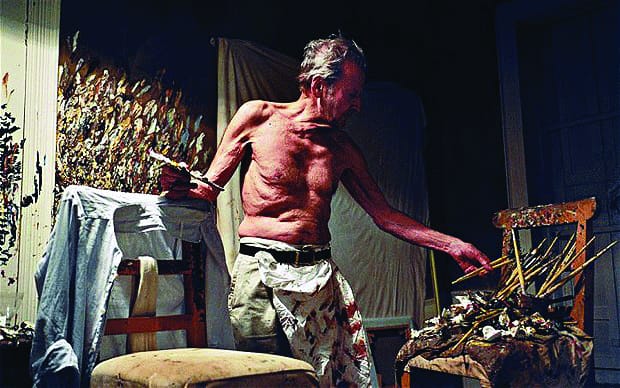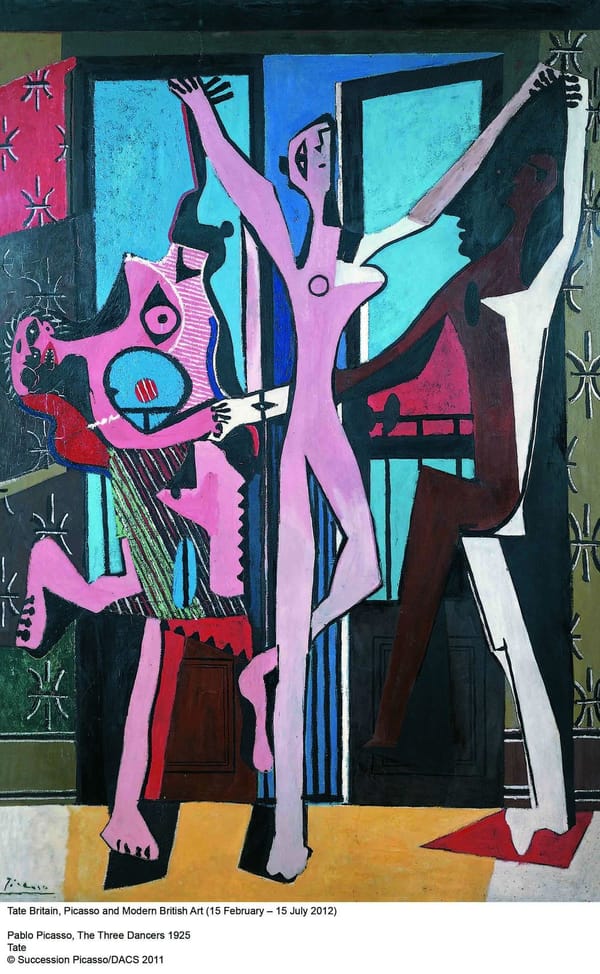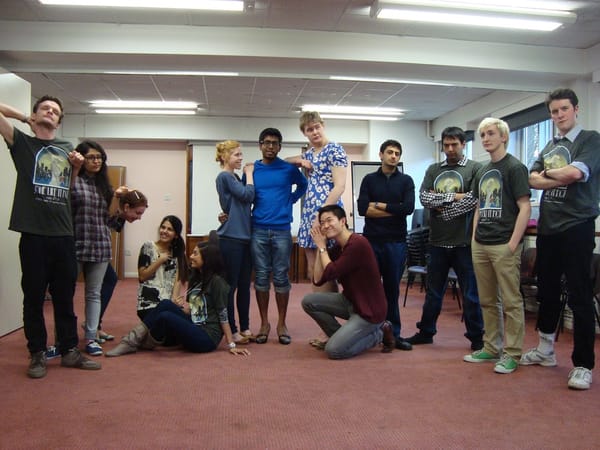Showing some flesh
The National Portrait Gallery Freudian slips into something more...

_Lucian Freud Protraits _is a monumental exhibition, revealing the life-long strive of the artist to capture the mystery of human flesh. Freud, from his beginnings one of the greatest artists of the 20th Century, has struggled with his art, learning and challenging himself up to his death last summer at the age of 88. Until then, he had been working closely with the National Portrait Gallery to prepare this exhibition; one of the painting was left unfinished, its striking incompleteness proof of his energy.
Dramatic tension tinges every single one of his paintings, an undercurrent of conflict that brought about by the awkward positions of the body, the unnatural perspectives or the violence of his brushtrokes. One wonders whether the sitters he chose were troubled themselves or whether it was Freud’s own vision that impregnated his paintings with drama.
His early painting possess a unnatural flatness and a obessive precision that echos old Flemish artists. Portraits of Kitty Garman, Freud’s first wife, are dominated by her huge absorbing eyes, which resemble the females populating the paintings of Paul Delvaux, pupils dilated as a result of belladona. Freud deliberately depicts surreal cartoon-like figures who appear trapped in their own, flat, world.
The bold brustrokes and the myriad of tones that mark Freud’s style do not appear until the 1950’s during which time he started to develop his fixation on the human body. ‘Woman smiling, a portrait of Susy Boyt’, marks this transition: her skin has texture and feeling, and we can perceive the bone structure that supports this skin. This is one of the few paintings Freud did where the subject is smiling. Freud’s talents now unleashed a powerful whirl of skin tones and thick brushstrokes that seem to sculpt rather than paint human flesh. Frank Auerbach’s portrait is a beautifully crafted piece, were the sitter appears to emerge out from the canvas. Auerbach was a close friend of Freud and Francis Bacon, all three of whom were significant figures of the School of London movement in the 80s which revindicated figurative painting and tried to bring it back to the art galleries.
Halfway through the show, there is a drastic change in the size and magnificence of the pieces. The last rooms contain inmense canvases, which cover the walls with voluptous flesh. The encounter between Freud and Leigh Bowery lead to one of the most thriving stages of Freud’s career. Leigh Bowery was a performance artist whose hefty body and physical awareness inspired Freud. Bowery introduced to Freud to his most well-known muse, Big Sue. Her massive body nurtured Freud’s obsession with flesh and its changeable nuances.
Freud Portraits will remain in the memory of all of those who go to see it, a mark hard to remove if ever that was desirable. Worth going twice if you have the chance. Lucien Freud Portraits at the National Portrait Gallery until 27 May. Tickets from £14.







